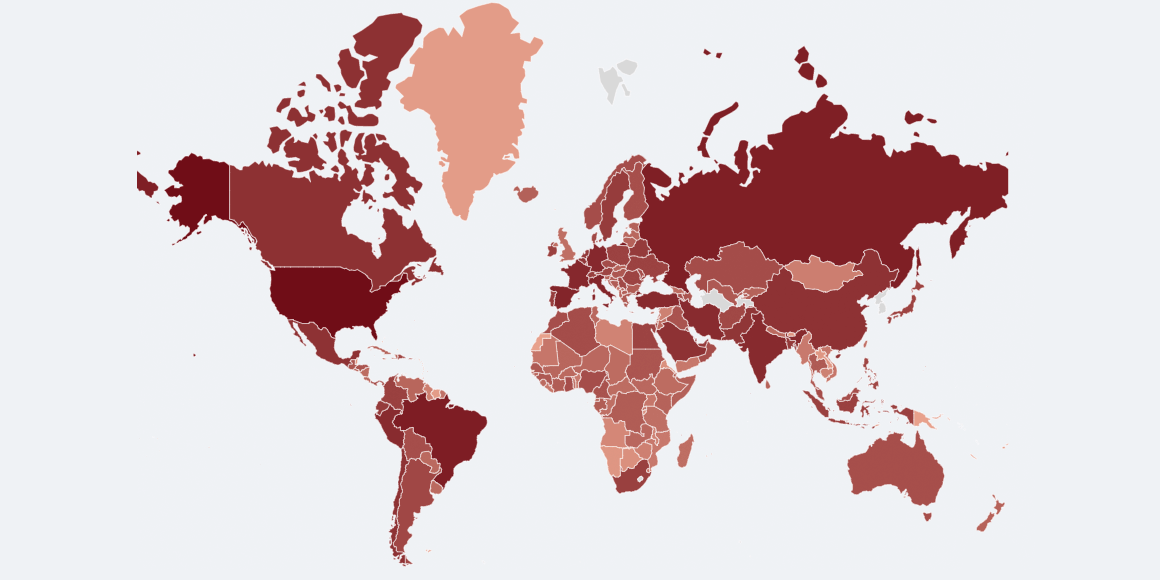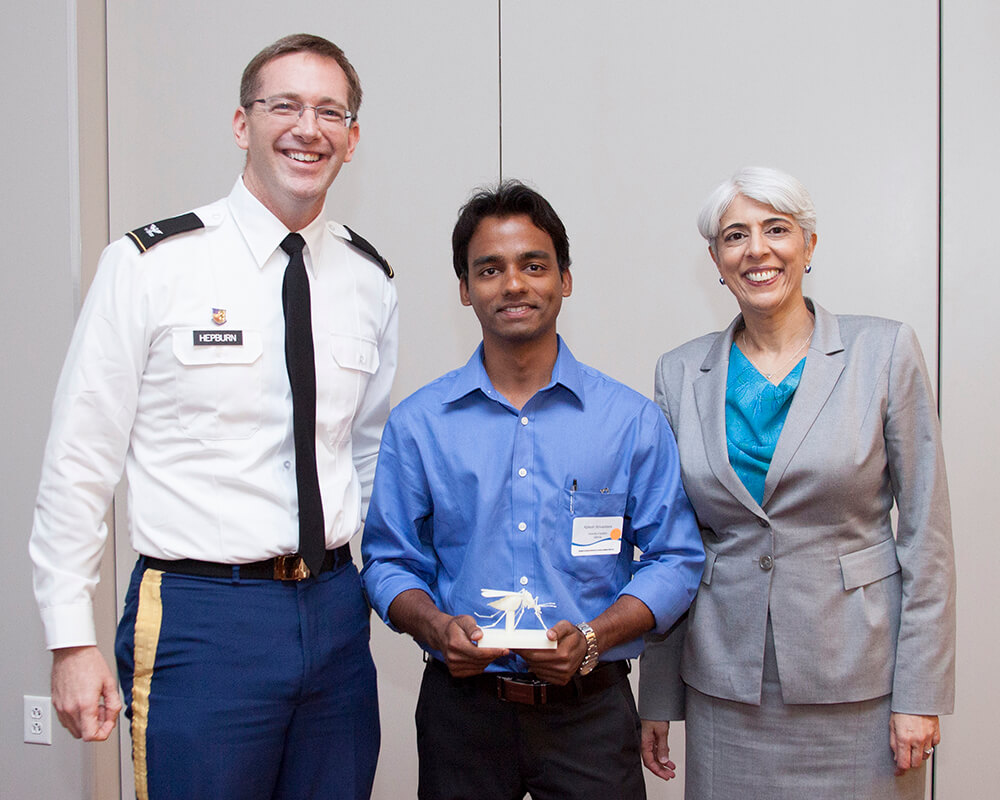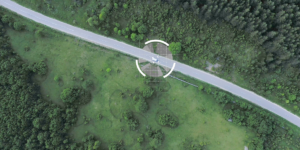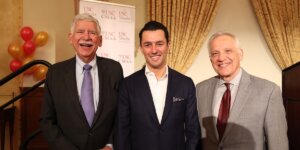
The team’s exceptionally adaptive model has proven effective in times of transition such as the coming re-opening of economies (Photo Credit: Ajitesh Srivastava)
For engineers, there are several ways to tackle the threat of a pandemic. A systems engineer might look to improve our nation’s logistics platforms to move equipment across the country faster. A biomedical engineer could try to design novel medical devices we could deploy in hospitals to help people suffering from a new disease. An astronautical engineer might try to … launch the virus into space? But for any of this to happen, we need to better understand a pandemic’s nature. We need to know, among many other things, where it’s spreading the fastest, where it might pop up next, and who might be most at risk.
Luckily, USC Viterbi has an expert in the field of epidemic forecasting. For years, Professor Viktor Prasanna, the Charles Lee Powell Chair in the Ming Hsieh Department of Electrical and Computer Engineering, developed models to better forecast what epidemics might do next. Along with Ajitesh Srivastava, a USC Viterbi senior research associate, the two have begun inputting into their models. For their work, an initial version of which has been shared in an open-access paper currently under peer review, they have been given an NSF Rapid Award of $158,000 – a special classification for research that requires immediate results. Their country and state level predictions can be explored through an interactive web-interface.
“The more data we have, the better we can make not only more accurate predictions but also more fine-grained and detailed predictions.” – Professor Viktor Prasanna
If beating a pandemic is ultimately about logistics and planning, the importance of reliable forecasting cannot be understated. “Let’s say California suddenly finds itself with a stockpile of a million extra masks,” Srivastava said. “That’s great to have, but what do you do with them? Which community or hospital that’s doing fine today might experience a spike in cases next week?”
For Srivastava, who won a DARPA challenge in 2015 for his epidemiological modeling approach to enable answering these types of questions, forecasting is one of the strongest tools we have.

Srivastava, with DARPA and military personnel in 2017, where he won a DARPA Grand Challenge award for his work on CHIKV testing (Photo Credit: Ajitesh Srivastava)
For a problem like this, good forecasters need a few things. First, they need data – the more the better. That means collecting as much of their own data by looking at things like official statistics of confirmed cases. It also means collaborating with other researchers on campus who might have their data from other projects and tapping industry connections at companies like Safegraph to access their information as well. “The more data we have, the better we can make not only more accurate predictions but also more fine-grained and detailed predictions,” Prasanna said.
Second, forecasters need a strong and fast AI and machine learning component. Having the best data set is great, but it’s the algorithms that translate that data into actionable and timely information. This comes down to developing the most effective algorithmic tools. Pandemics like COVID-19 require a response that can be rolled out quickly and is based on the most reliable translation of data.
But there’s something else that sets the team’s model apart from many of the other forecasting models out there – its adaptability. “Our model has proven better than others in tracking this pandemic during times of transition,” Srivastava said. The model did especially well as states were beginning to close down and now, as states are slowly opening up, it’s again proving its use in this new transition.
Forecasting done right can answer a whole host of questions, all of which are vital to getting our country and our world back on track. When and how should local and national economies re-open? Where should governments be investing resources? What types of supplies should manufacturers be focused on making? These are just a few of the very big problems that can only reasonably be addressed once reliable forecasting has been done.
The next step for the team is to run their model on new information and further refine their results.
“As more data is coming out on things like the number of recovered people and antibody test results, we can incorporate that information to even better inform decision making moving forward,” Srivastava said.
Published on June 4th, 2020
Last updated on May 16th, 2024













